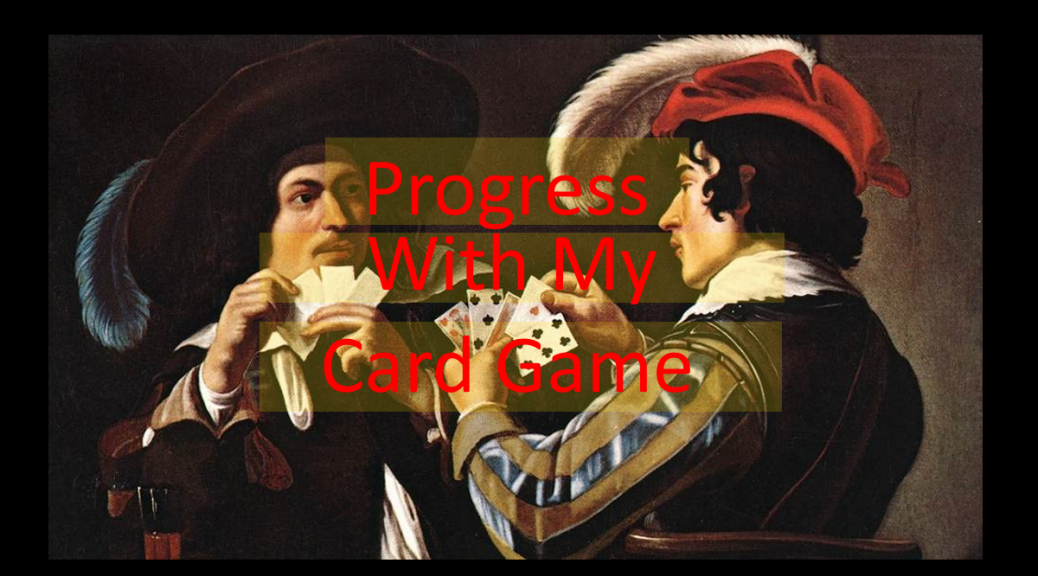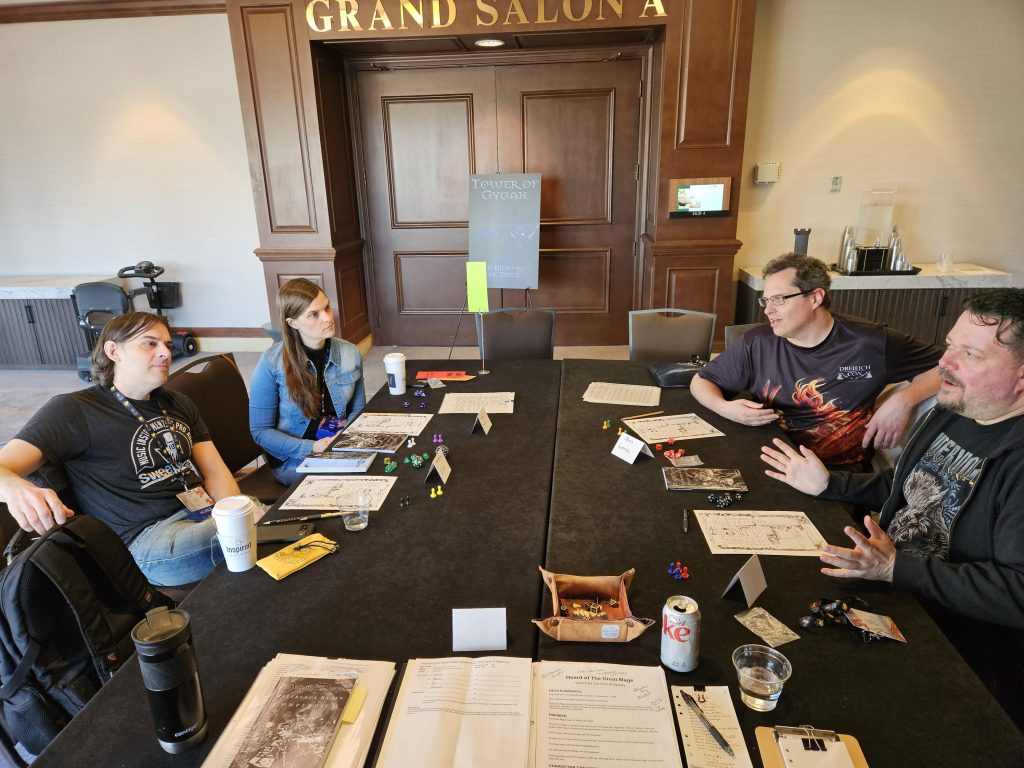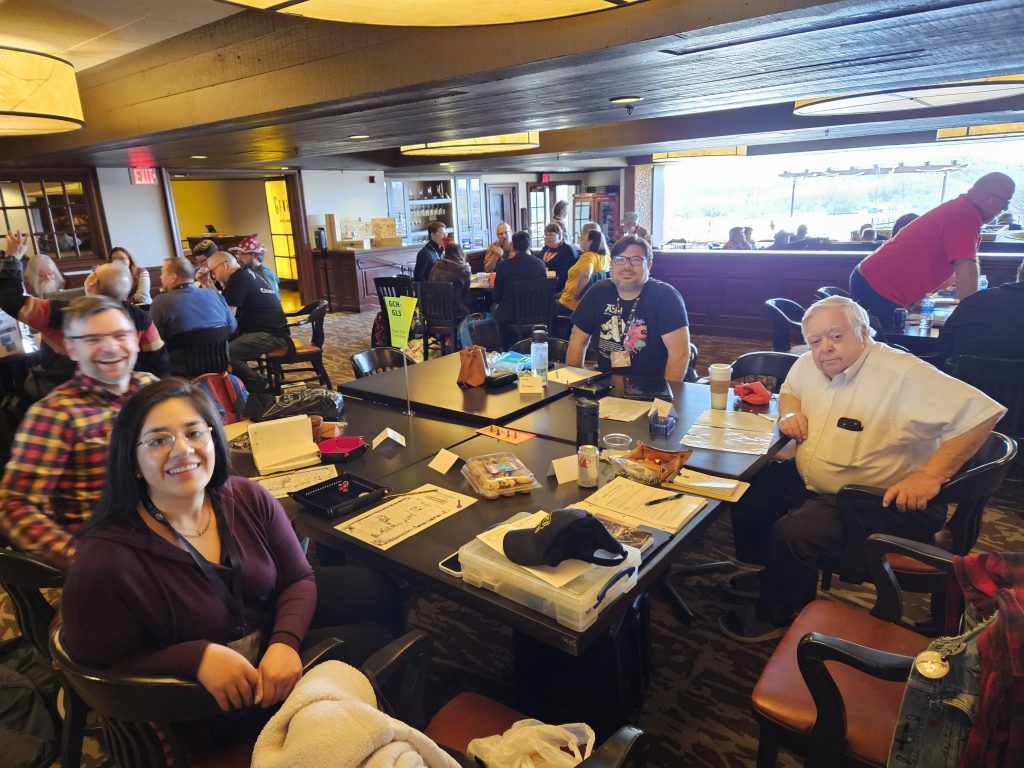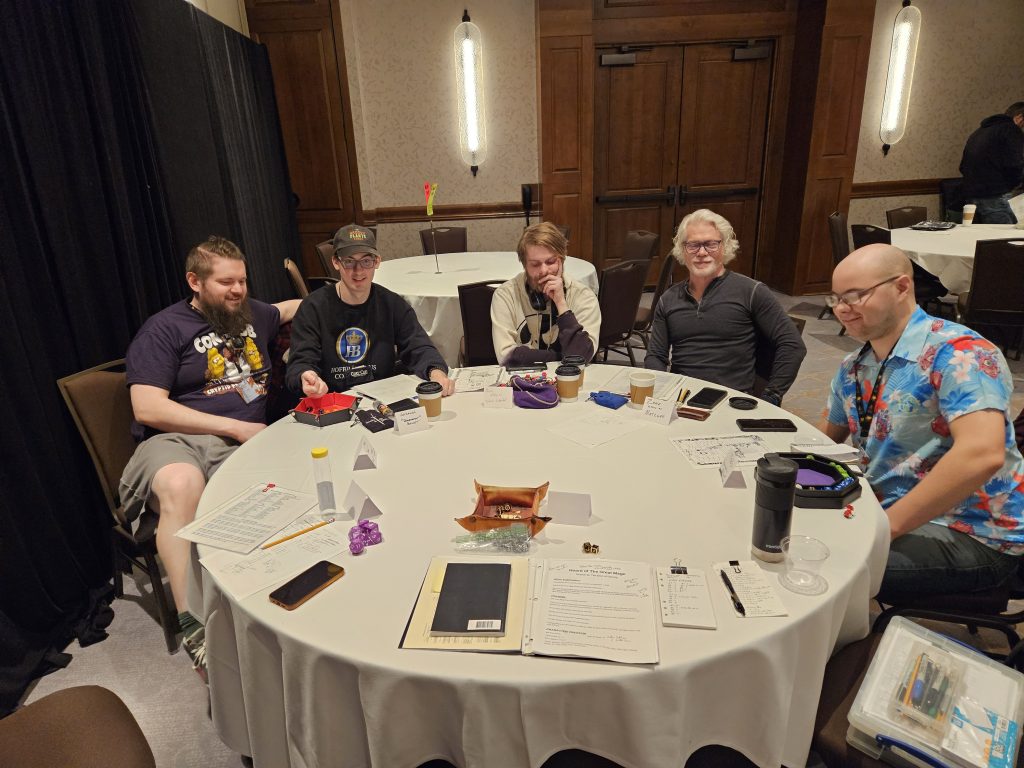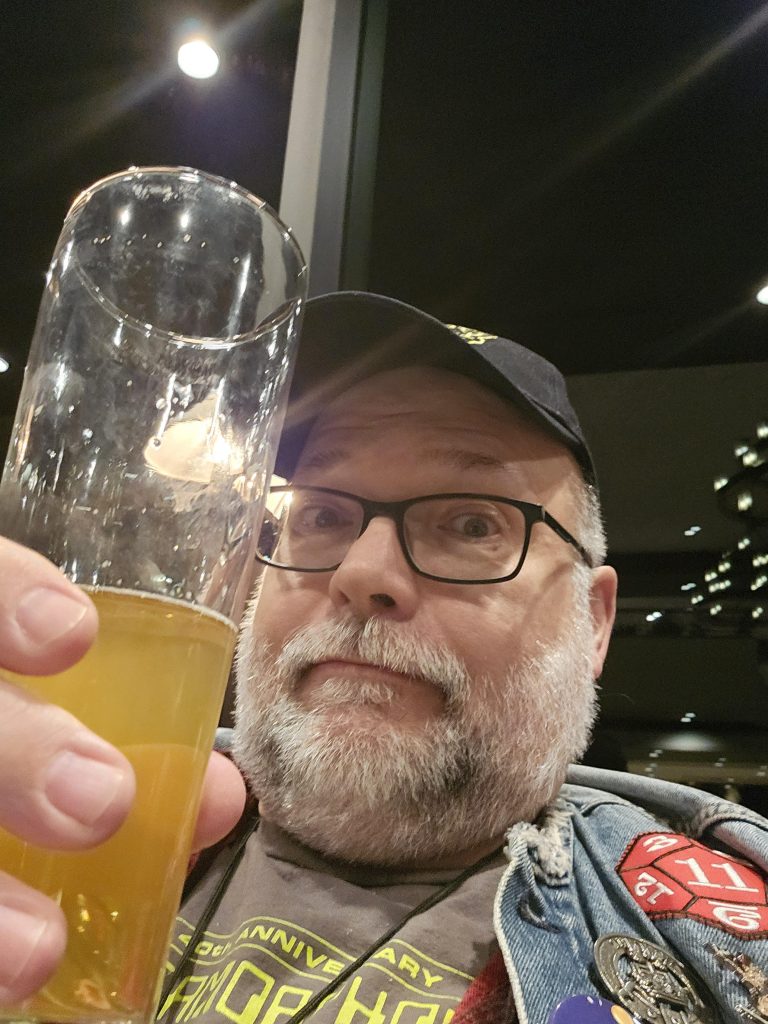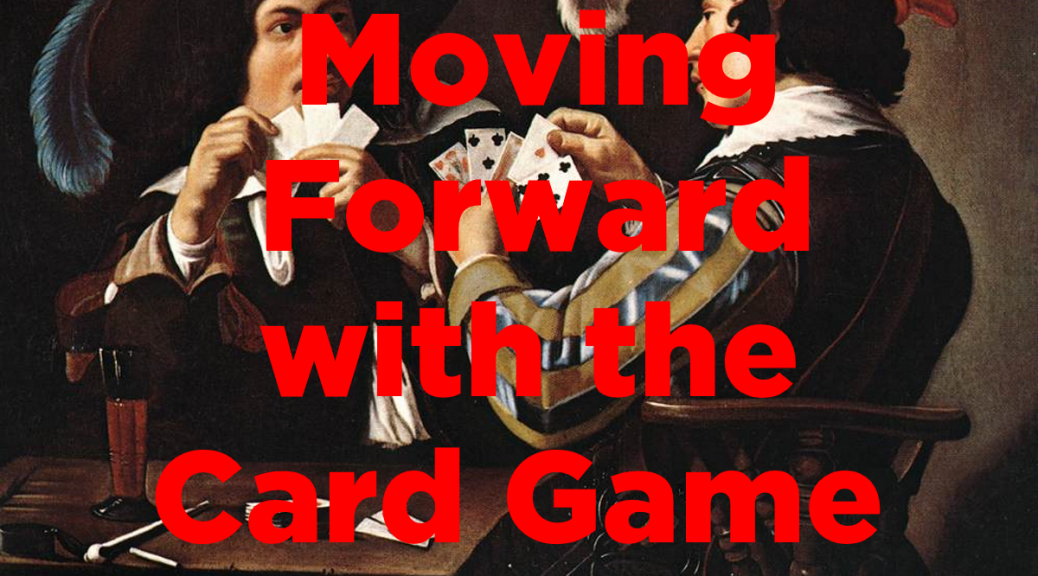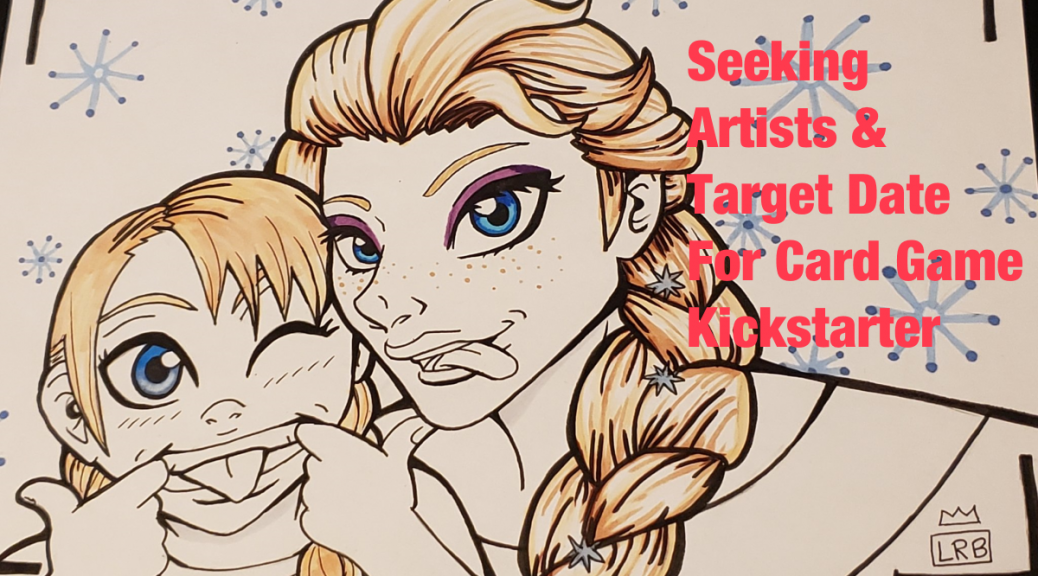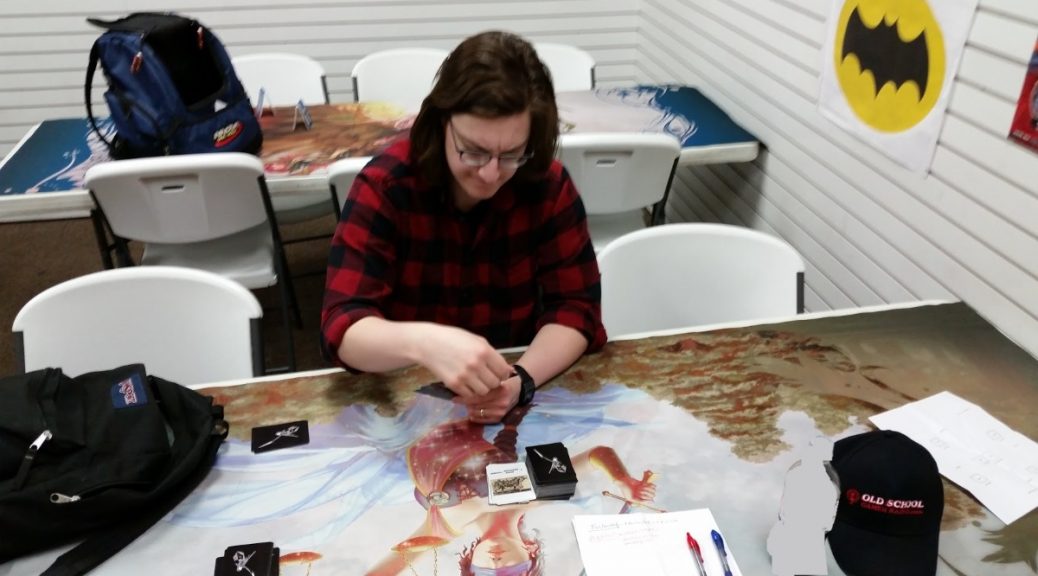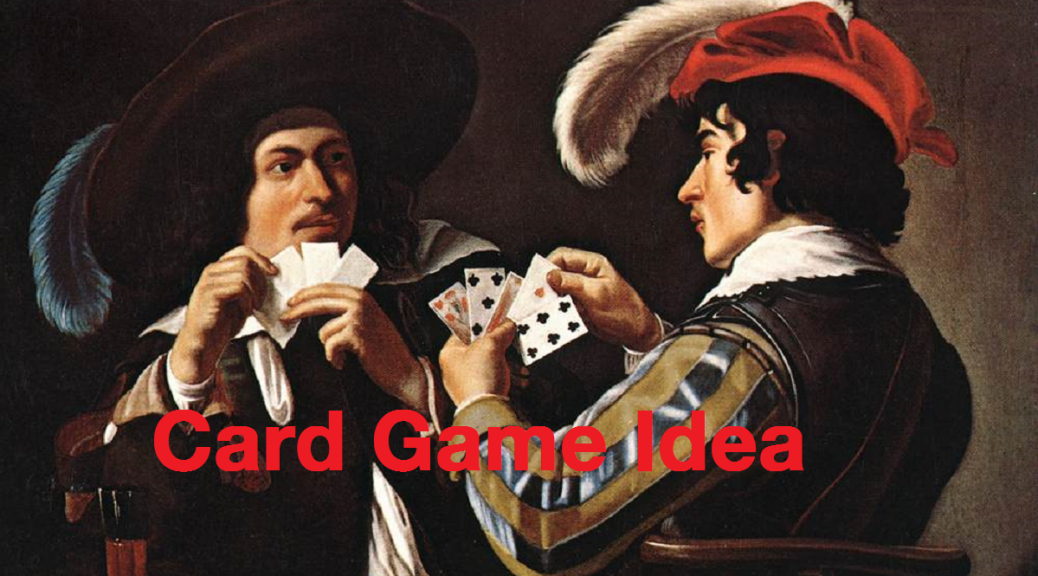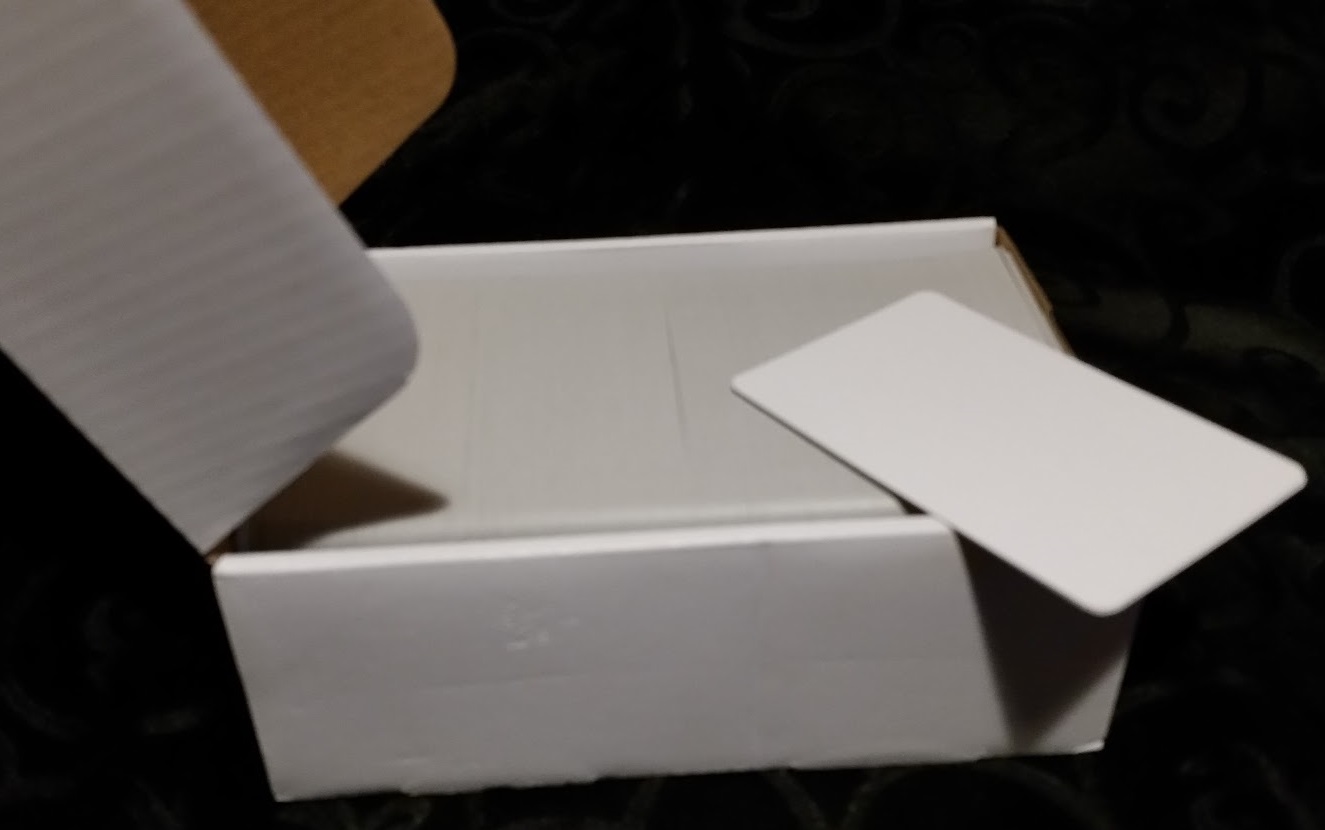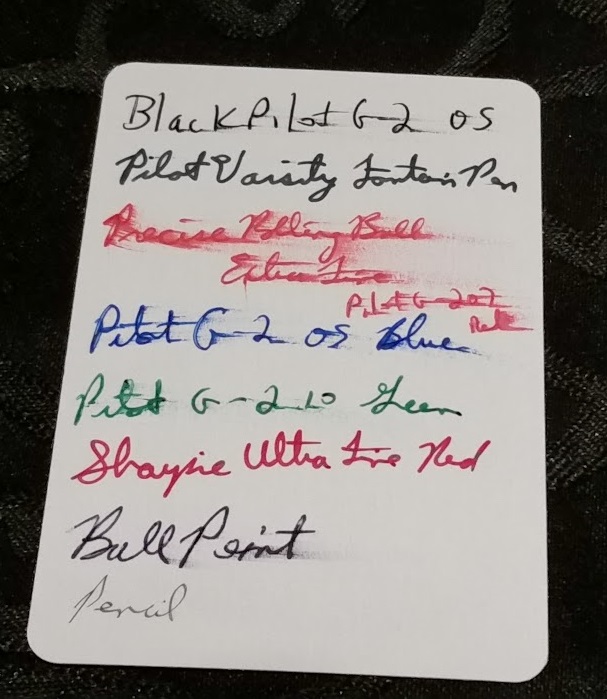On February 9, 2018 I was struck with inspiration for a card game idea that I brought to Gary Con 10 and play tested away most of the rough edges.
I had thought I would be Kickstarting it and moving forward quickly. I soon learned that quick is not possible if one is to do a good job on all parts.
One of the biggest things people said about the play test decks was “you need better art” while some said, “I like the art.” While I like some of the art in the vein of Albrecht Durer’s woodcuts, it was not all of that type and not all were good quality images. So I paid an artist to do line art in the hopes of Kickstarting in 2020, but something happened in 2020 that pushed things off until 2021.
So I announced the art was done, and hopes of publishing in 2021. But that didn’t happen.
Every Gary Con or other game convention that I attended since, people would ask about my card game. It all came down to layout. I am terrible at layout. A couple of friends offered to do it, but they are busy and have their own projects. I did not press them.
Then, as I shared in my last post about Gary Con 17, I mentioned the woman who played in one of the games I ran, which was her first convention game and first game with multiple players, that is, more than just her with her boyfriend running it. After the game I mentioned my card game, we played it , and I mentioned my struggle to finally publish it because I am terrible at layout. She then mentioned she is a designer and offered to do it.
It was a few weeks after Gary Con before I heard from her. While waiting I had my usual worries that I’d never hear from her. But I held out hope and managed to not bug her for a response. She did respond and we worked out her fee, I then shared what I had, and waited.
Queue montage of Inigo Montoya saying, “I hate waiting,” As I waited a few more weeks.
Finally, I checked my email Wednesday night. I am not in the habit of checking my business email every day and she had responded on Monday. She had a document explaining her design choices and what she did to make the design consistent and to make each card type easily identifiable visually.
The end result is spectacular and makes the art used in the test deck inadequate. The line art I paid for also doesn’t fit the look of the layout. But it is at least consistent, since it is all by the same artist.

The only thing I could find needing adjustment in what she sent, were some typos.
She gladly corrected those and sent me the final design in an Illustrator file.
Thankfully, Affinity Designer can open Illustrator files, so I can get a good understanding of what was done and swap out the art as needed.
I like the bold, vibrant colors used. Even this view of everything in Affinity Designer gives a strong sense of just how good the layout is. The art used in the playtest decks just seems to clash, especially because all the art does not have a consistent look.

I want to avoid AI art options, unless there is an ethically, morally, and legally valid option. (Artists should be paid for their work.)
Next Steps
Now I have to decide whether to just publish it with the current art from the playtest deck, the line art I purchased (and whether to leave it as line art or attempt to color it myself, or see if the original artist is available to color it, or pay another artist to color it), or get new art.
I have some funds available to do some next steps with art, but it all depends on what different options cost.
If I can, I’d like to avoid crowdfunding, but that may be the way to go.
If I were to do crowdfunding, I’d want everything in place to make it go off smoothly before launch.
More importantly, I’d want it delivered before 2026.
Once I finally get it out, then I have ideas for expansions, and other games that would be a thematic reskinning of the basic rules.
Feedback
Please comment below if you have thoughts about this. I’d like to see what others think, and any suggestions they may have. This journey has been about six and a half years, I’d like to wrap it up and actually accomplish the goal of getting this thing published.
Things to Consider:
ART:
Plain Line Art I already have as is.
-OR-
Plain Line Art I already have but colored.
-OR-
New Art.
Further Art Questions:
Do I do a version with the art used on the playtest decks?
Do I do the often suggested “Larry art edition”? (If you know, you know.)
PUBLISHING:
Just publish when ready on DriveThruCards and/or Gamecrafter.
-OR-
Crowdfunding (Kickstarter, Backerkit, or other?)

